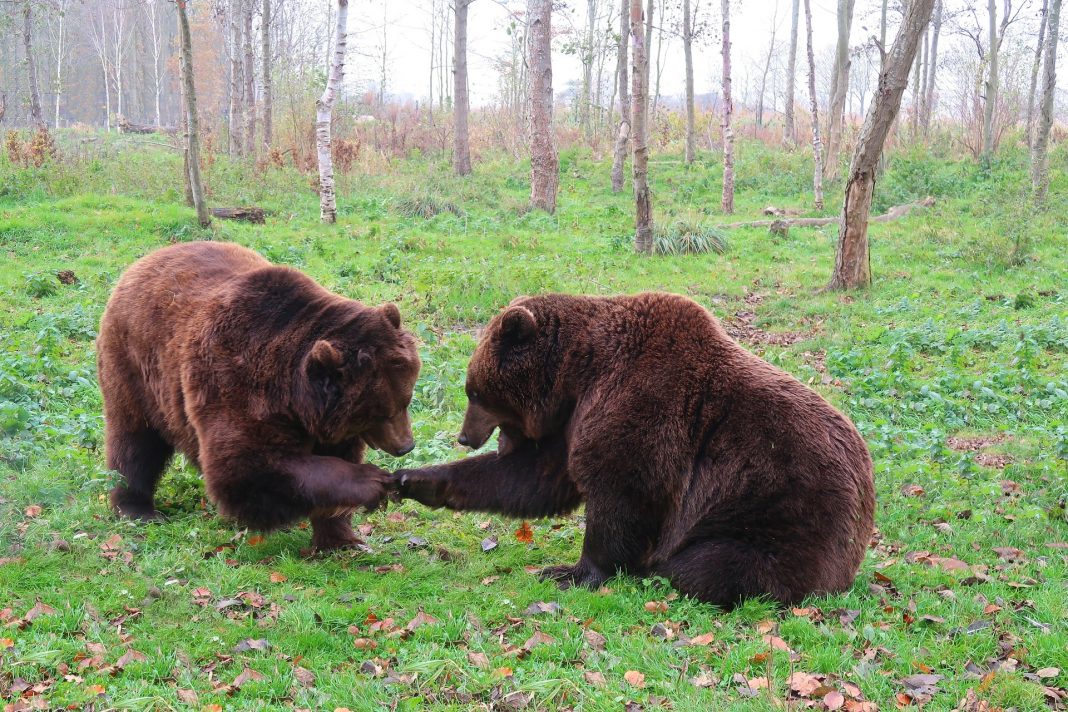Several conservation groups are urging the Yellowstone Ecosystem Subcommittee (YES) to make changes to reduce conflicts between grizzlies, humans, and livestock. As of right now, the programs in place to reduce conflict is merely voluntary. However, if these organizations prevail in their fight for change, then there will be legal mandates to prevent conflicts.
These organizations urge YES to contract with other conservation groups to discuss the reduction of land where cattle can graze. These reductions will take place mainly throughout grizzly bear travel routes. In addition, parts of Greater Yellowstone that have seen an increase in conflicts will see reductions in grazing allotments.
According to GIS mapping analysis, around 12.5 million acres are designated as “Demographic Monitoring Areas.” The reason that these particular areas have been given such a name is that they are known as “core grizzly habitat.” So far, 5 million acres within the monitoring area are being used for cattle grazing.
Thus, the main purpose of these new mandates would be to take proactive measures to prevent conflicts. However, critics argue that it boils down to the voluntary measures that residents choose to take. One critic, Dusty Lasseter, with the Wyoming Game and Fish Department (WFGD), argues that, in essence, legal mandates are only as effective as the people that abide by them. In Lasseter’s view, bear conflicts decrease by people making voluntary choices to take protective measures.
In conclusion, there are valid arguments on both sides. One, that reducing grazing allotments within the monitoring areas could reduce the numbers of grizzly bear conflicts. The other is that it is more important to educate people to make voluntary decisions regarding their protection.
What are your thoughts on grizzly conflicts? Do you live in grizzly country? What do you do to stay safe? Let us know in the comments!















